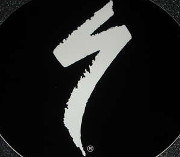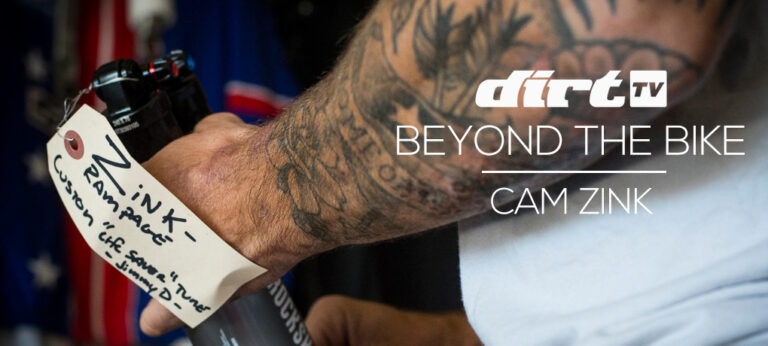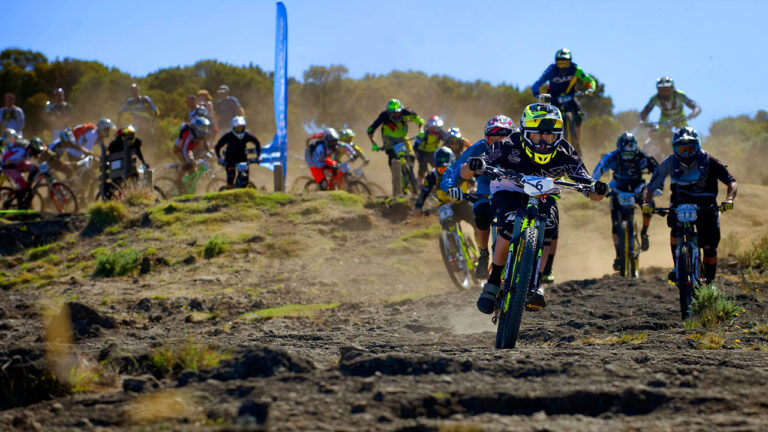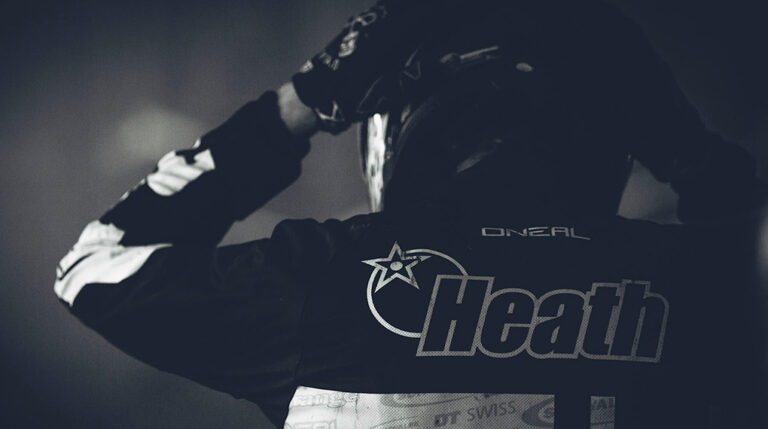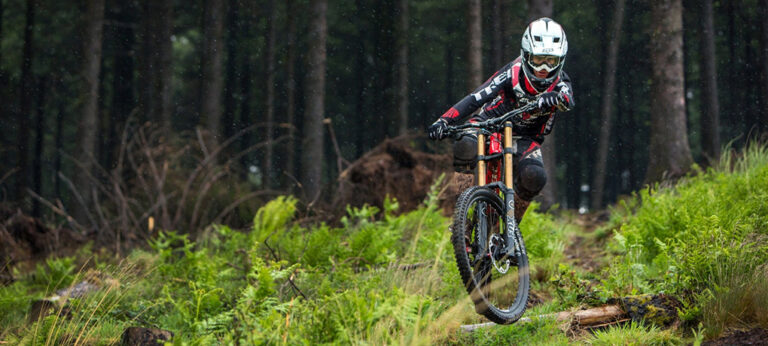
| Make | Size | Weight | TPI | Duro | Price |
| Continental Mud King | 1.8 | 530g | 240 | n/a | £44.95 |
| Specialized Storm S–Works | 2 | 530g | 120 | 60a | £29.99 |
| Specialized Storm Control | 2 | 590g | 120 | 60a | £29.99 |
| Bontrager XR Mud | 2 | 560g | 120 | 49/47 | £32.99 |
| Bontrager Mud X | 2 | 610g | 120 | 62a/55a | £32.99 |
| Maxxis Medusa LUST | 2.1 | 710g | 60 | 70a/62a | £47.99 |
| Panaracer CG | 2.1 | 640g | 66 | n/a | £39.99 |
| Panaracer CG | 2.25 | 750g | 66 | n/a | £39.99 |
| Panaracer Trailraker | 2.1 | 840g | 66 | 55a | £39.99 |
| Onza Greina | 2.25 | 690g | 120 | 55a | £46.99 |
| Maxxis Swampthing | 2.35 | 780g | 60 | 60a | £29.99 |
| Hutchinson Torro | 2.35 | 890g | 66 | n/a | £49.99 |
Wet weather tyre choice is specific to where and how you ride. Concentrating this feature into trail specific tyres might have narrowed the options but it raises so many questions. In a way it’s a far more difficult subject than downhill wet weather rubber. As mentioned earlier downhill mud spikes offer considerable more grip but there is less 50/50 option rubber available. Trail rubber offers considerable 50/50 choice but lacks any options for high speed off–camber bite in typical wet clay–like conditions.
Wet clay remains one of the greatest challenges in wet weather and there is currently no lightweight trail tyre that will deal with these conditions as well as a soft compound aggressive downhill tyre. Both the Panaracer tyres featured and the Swampthing come the closest. But even they come unstuck when pressing on in off–camber conditions, a point at which technique, bike set up and tyre pressure becomes a more important factor.
Loose and wet mud, and mud mixed with rock and root becomes a slightly easier game. All the tyres listed from 1.8 to 2.1 performed well on 140mm travel bikes, and as 50/50 tyres the Mud King, harder casing Storm and Mud X and CG soft are as good as it gets. However you can push a 160mm that much harder and it’s then that they become a little bit nervous on rock and root. It’s here that the 2.25 Panaracer shone, although we still question its very light sidewall, at which point the Swampy remains great value for money with a slightly better level of grip. I’d recommend any of these tyres for 50/50 conditions, the Mud King where there was less hard stuff. These tyres could all be used at UK trail centres too.
What about bigger bikes? Don’t forget tyre pressure, rim profile and width has a big influence on the available grip, and the tubeless/tubeless ready will need experimenting with different pressures. For riders looking at weight make sure to take into account local conditions. To begin answering the question of bigger bikes remember that it’s possible to ride 160 plus bikes harder and faster. I’d certainly be looking to the heavier rubber at the bottom of the list, especially for competition.
In terms of the competitive enduro area there remains many questions unanswered. A downhill tyre will definitely allow more aggressive riding on flat corners and off–camber, but the soft heavy rubber will undoubtedly slow you down on the flat. It’s at this point that your interpretation of the track and working the percentages comes into play – assuming you have the engine sorted in the first place! For a UK event I’d still be looking at the ‘Raker particularly in loose and really wet shitty conditions with climbing and flat riding, and would only venture into DH casings if the terrain was fully gravity based. As mentioned I’d be looking at the percentages, calculating the gains on the flat versus grip in the wet and have a few options to try. If there was rock involved casing would be a factor.
Finally, just to complicate matters, we found on certain tyres riding the same tyre on the same width rim on different bikes presented very different outcomes. One bike would stay upright and the other would fall over. I believe this crazy difference to be down to several things including the weight on the tyre contact patch, bike length, tyre pressure and rim profile. Limit to grip…don’t go looking for a conclusion.



